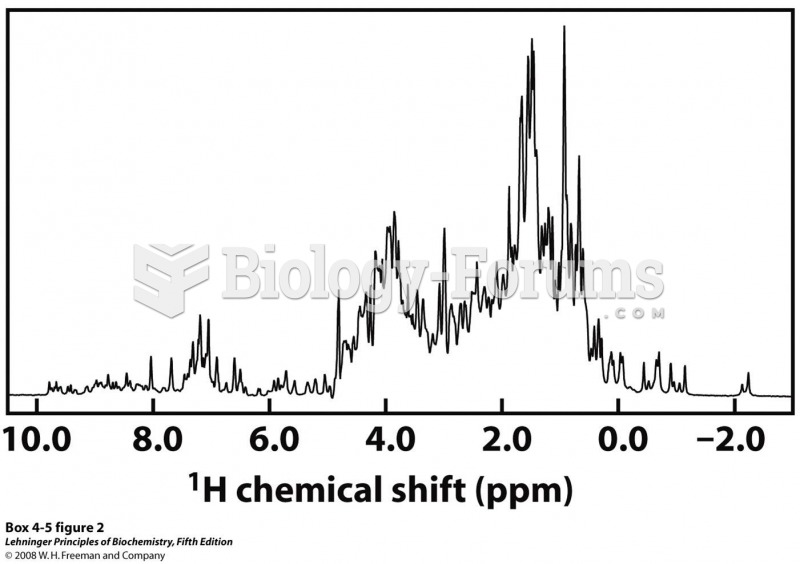Answer to Question 1
Although we typically think of pollutants as something that enters the ocean in a dissolved state, much of the burden can also arrive in solid form. About 275 million metric tons of plastic produced each year, and approximately 8 million metric tons ends up in the ocean. While oil spills get more attention as a potential environmental threat, plastic is far more serious danger. Oil is harmful but, unlike plastic, it eventually biodegrades. Scientists estimate that some kinds of synthetic materials-plastic six-pack holders, for example-will not decompose for about 400 years.
Hundreds of marine mammals and thousands of seabirds die each year after ingesting or being caught in plastic debris. Sea turtles mistake plastic bags for their jellyfish prey and die of intestinal blockages. Seals and sea lions starve after becoming entangled in nets or muzzled by six-pack rings. The same kinds of rings strangle fish and seabirds. About a quarter of a million Laysan albatross chicks die each year when their parents feed them bits of plastic instead of food.
Answer to Question 2
The level of synthetic organic chemicals in seawater is usually very low, but some organisms at higher levels in the food chain can concentrate these toxic substances in their flesh. This biomagnification is especially hazardous to top carnivores in a food web. Biologists have discovered that some nearshore dolphins off U.S. coasts are intensely contaminated. Past studies have found concentration of chlorinated hydrocarbons in these animals as high as 6,900 parts per million (ppm), which is high enough to disrupt the dolphins' immune systems, hormone production, reproductive success, neural function, and ability to stave off cancers. These levels vastly exceed the 50 ppm limit the U.S. government considers hazardous for animals, and 5 ppm considered the maximum acceptable for humans







